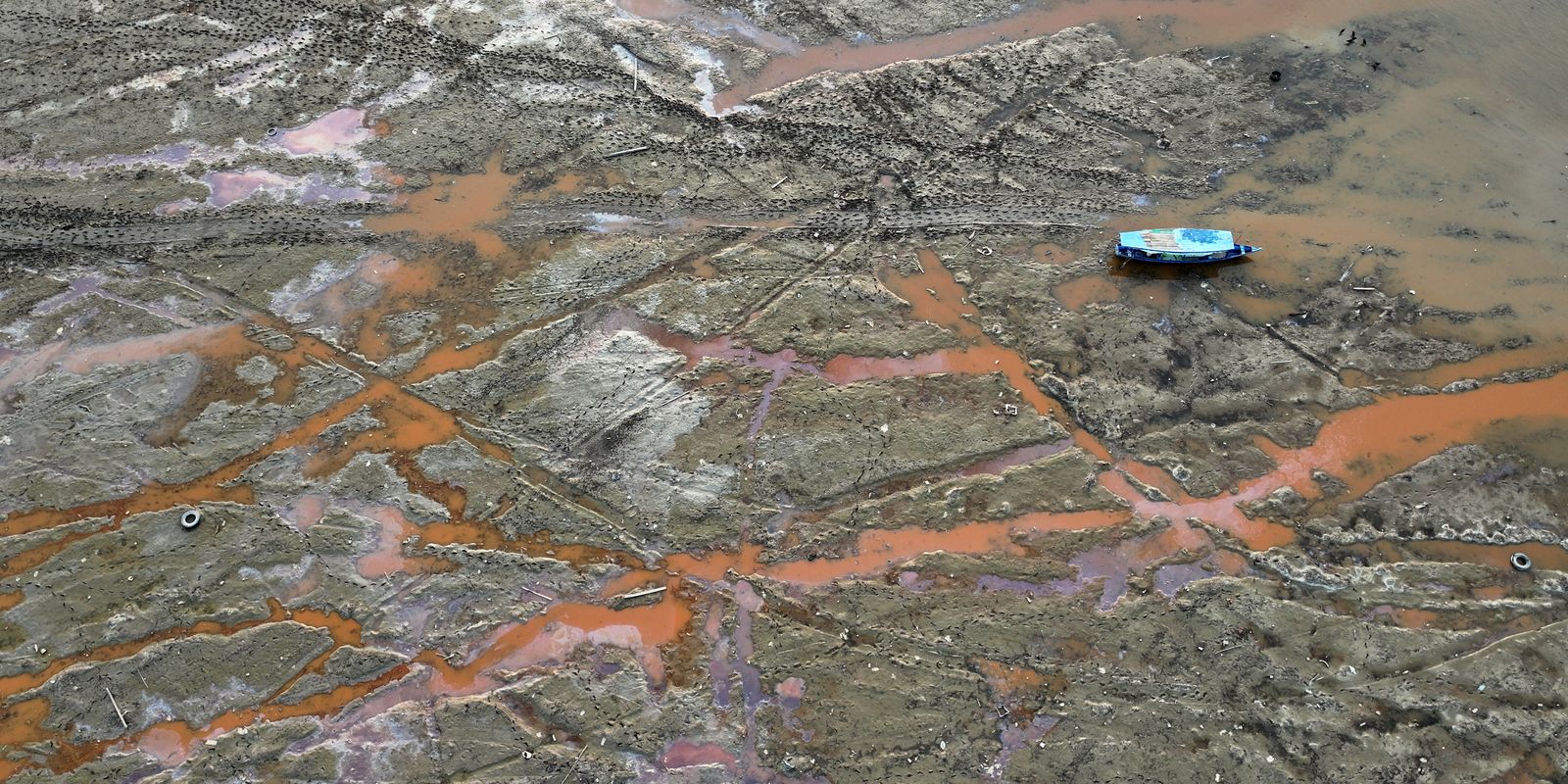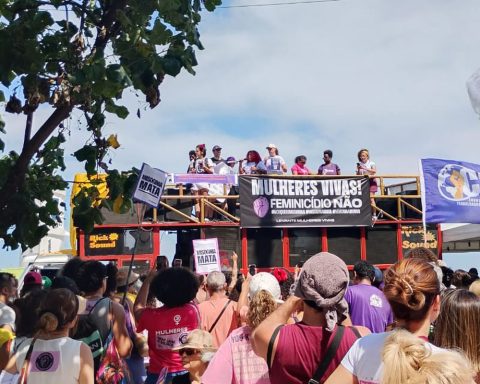Monitoring carried out by the Lagos da Amazônia platform showed an increase in the average temperature recorded in August in 23 bodies of water similar to those that recorded the death of 330 dolphins in 2023. The data indicated a staggered warming, compared to the last five years , triggering a threat alert to the fauna existing in these ecosystems.
The platform, developed by WWF-Brazil with MapBiomas, recorded that, in 12 of these lakes in the Amazon region, the accumulated temperature until August exceeds that of 2023, when dolphins of the pink and tucuxi species died after the waters of the lakes Tefé and Coari reach 40 degrees Celsius (°C) at the end of September.
On the morning of this Monday (30), for example, the platform showed that Lake Cabaliana, in the Metropolitan Region of Manaus, registered 31.74°C, which is equivalent to 1.2°C more, compared to the same date in 2023. When compared to the average of the last five years for the month of September, warming already represents 2.3°C more.
From the platform, similar changes could be observed in another 22 lakes with the same hydrogeomorphology, that is, in bodies of water that have similar physical characteristics. “These are lakes that we call ria lakes. They are longer, they normally come from a tributary, a small river tributary of the Solimões or other large rivers, which come out of the forest and empty first into a longer lake and up ahead, when it flows into the Solimões River, it has a small canal. And it is in this small channel that this connection and this cycle of nutrients, water and temperature are made”, explains Mariana Paschoalini Frias, conservation analyst at WWF-Brazil.
Such characteristics also leave bodies of water vulnerable to droughts that have systematically become more extreme, explains the researcher. Added to the presence of previously impacted species, they led to the inclusion in the platform of eight more lakes on the Trombetas River, five on the Solimões River (also called Amazonas), five on the Purus River, two on the Madeira River, two on the Paru River and the Negro River and one more on the Tapajós River, in addition to two Lakes Tefé and Coari.
Alert
In these locations, the tool enables action measures in the field if the data generates alerts of threats to local fauna and flora due to overheating of the waters. From this stage onwards, a multidisciplinary analysis is possible by the task force, which also includes researchers from the Mamirauá Institute and the Chico Mendes Institute for Biodiversity Conservation (ICMBio).
According to Mariana, this analysis also considers the reduction in the amount of water, the turbidity of the lake and excess solar radiation, which can already impact life in those ecosystems. “For a month now, daily monitoring of the lakes has shown that the animals are already under stress, because they are confined in a lake that is losing water surface very quickly. The temperature began to have a very large thermal amplitude in the water column and not just on the surface”, he explains.
Satellite
According to the technical coordinator of MapBiomas Água, Juliano Schirmbeck, the monitoring of the 23 lakes is carried out using data obtained by the Modis sensors, from the Terra satellite, and TIRS, from the LandSat satellite, which, combined, enable a robust combination of information . “LandSat has high spatial resolution, that is, each pixel in the image is equivalent to an area of 30 meters. But it only passes over the region once every 16 days. Modis, on the other hand, has a lower spatial resolution and each pixel is equivalent to one kilometer. However, its temporal resolution is much higher: it happens every day.”
Forecast
To date, researchers have concluded that there is still no direct relationship between animals found dead in lakes this yearwith rising temperatures, but professionals remain on alert in the region.
“Today we can look at a predictive factor that allows us to anticipate and plan effective field actions, measuring the logistics of the different locations that we need to access. It is not that the event will occur in all lakes, but we have a warning sign saying that throughout the potential distribution of the species in the Amazon, there are lakes that share the same similarity and simultaneous events can occur”, adds Schirmbeck.
















